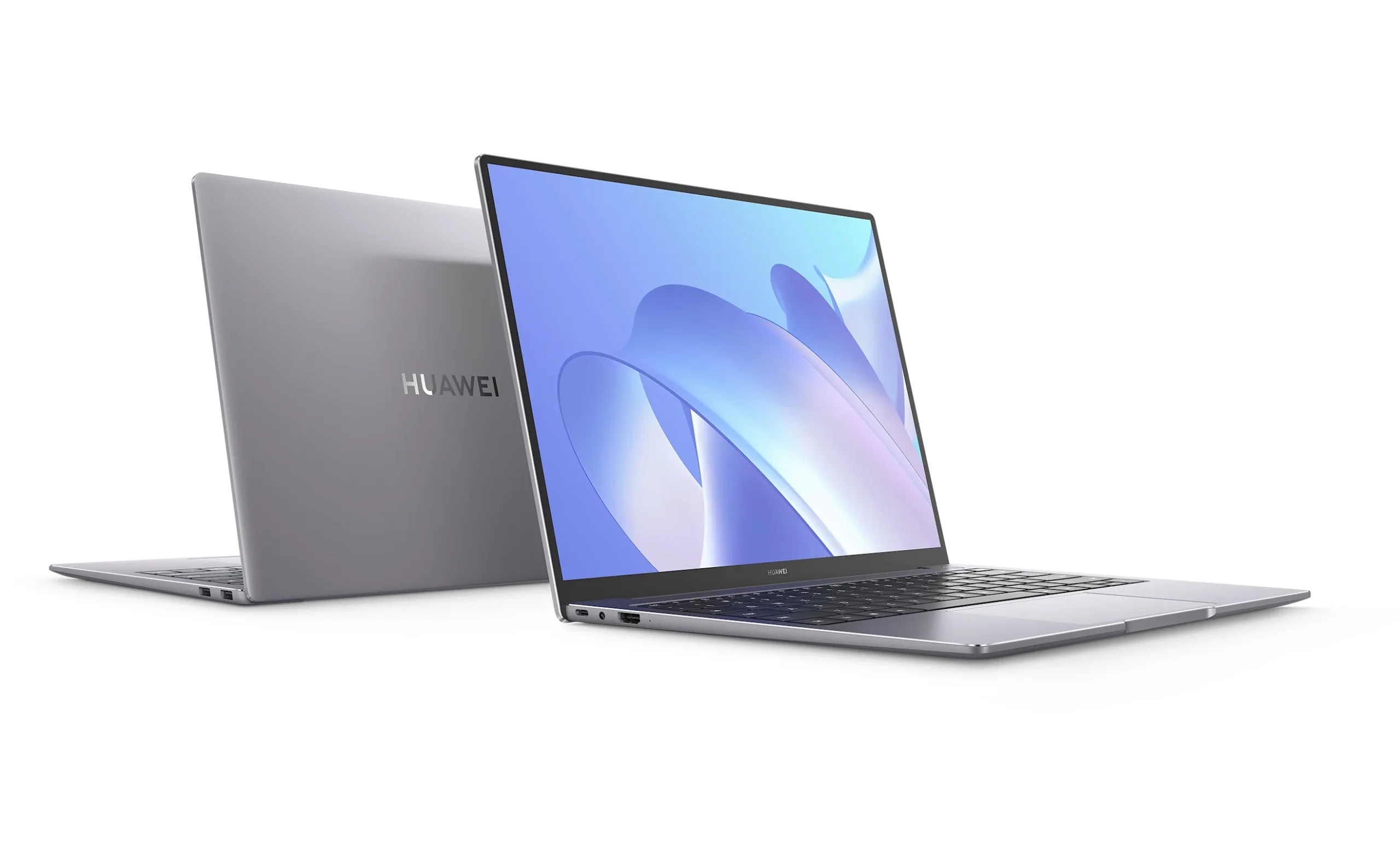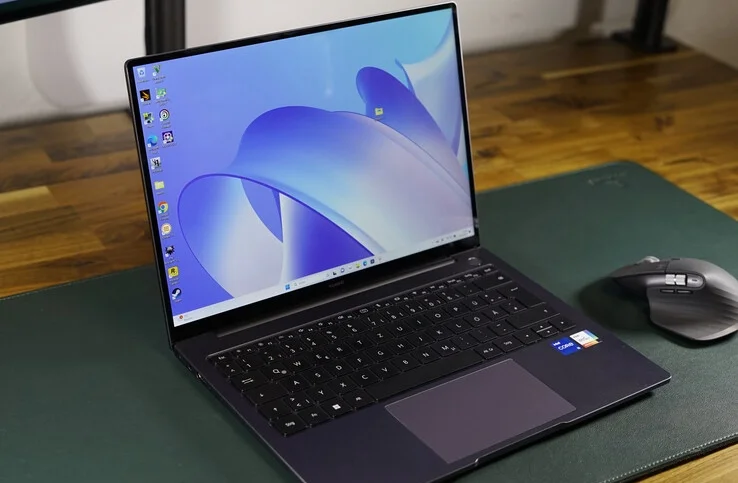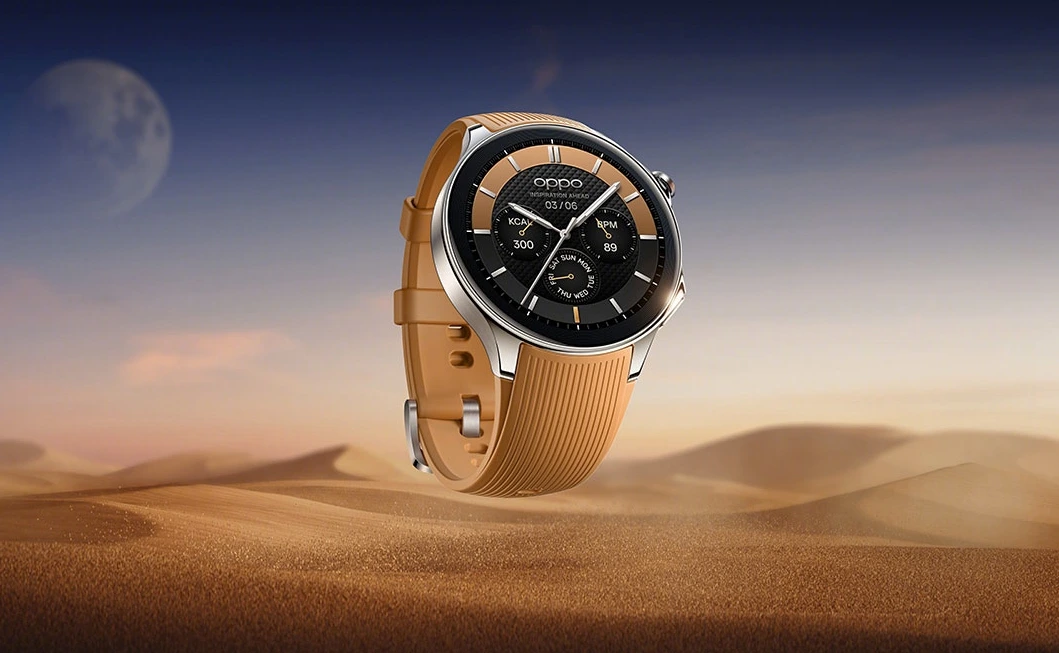The Huawei Matebook 14 is one of those perfect laptops for 99% of us, whether you’re a student or you want it for work.
The fact that Huawei has been making excellent laptops for a long time is nothing new. You only have to look at the latest ones we’ve tested, such as the Matebook X Pro 2024 or Matebook D16 2024 among many others of the laptops we reviewed.
Now it’s the turn of the Huawei Matebook 14 in its 2024 edition. A laptop with a 14-inch touchscreen and Intel Core 5 Ultra or Core 7 Ultra processors that is specifically designed for the masses, that is, it is not intended for creators, professionals or students, but for all of them and more.
This is achieved by doing what was thought impossible with ultraportables, with good performance, design and connections such as traditional USB or an HDMI port.
It is such a standardized laptop that it might fall short for some professionals, but students and people who work with little more than the browser, Office programs and some specific application will be more than happy with it.
After two weeks of testing and converting it 90% into my work laptop and for daily use, this is my analysis and opinion of the Huawei Matebook 14.
Matebook 14 has a boring design, with enough connections and good wireless connectivity

The design of the Huawei Matebook 14 couldn’t be more standard. Although the version I’m testing is with a Core 7 Ultra and in green, in Spain it comes with a Core 5 Ultra and in grey. It doesn’t change much between versions.
What you get is a relatively light laptop, weighing 1.31 kg and 14.5 mm thick. Not the lightest or the thinnest, but on a day-to-day basis, even in my backpack, I haven’t noticed it being any extra heavy or bulky enough to be uncomfortable.
It has a 14.2-inch OLED touchscreen in 3:2 aspect ratio, so you have more vertical space than traditional 16:9 laptops. I’m a particular fan of this type of screen because it gives you extra pixels for viewing web content or documents.
A large Huawei logo on the lid, two speakers and a ventilation grille at the bottom and some very simple connections, such as a USB-C port for battery charging and DisplayPort video output, two USB 3.2 Gen 1 ports, HDMI connection and a headphone jack.
This is where Huawei has failed in terms of connections. Although it is good to have traditional USB ports, even though they are increasingly unnecessary, an extra USB-C port would have been appreciated.
The keyboard, full-size and in my review version in international standard ISO, better known as an English keyboard, I find it extremely chewy. Although it is comfortable to type on, I cannot stop noticing as I write these words that it feels cheaper than it should.
The touchpad, although a good size, leaves a lot to be desired. Like the keyboard, it feels cheap. You have to apply quite a lot of pressure and if you press too close to the lower right corner without realizing it you bring up the right-click context menu. The touchpad is the biggest disappointment of the whole laptop.
It is quite rigid as it is made of aluminum, which compensates for the cheap feel of the keyboard and touchpad. It even has a power button that is also a fingerprint reader to unlock Windows with Windows Hello.
A screen that “catches the eye”, large, bright and touch-sensitive
The screen details are what make me happy in a laptop of this price. 14.2-inch screen with a resolution of 2,880 x 1,920 pixels. It is also touchscreen and has a brightness of 450 nits which, at maximum brightness, is more than enough for use in brightly lit interiors, but perhaps falls short for outdoor use.
Even so, this is a pretty good screen that can hardly be faulted. The 3:2 aspect ratio is perfect for surfing the internet or for having a document open and viewing more information.
The fact that it is touch-sensitive by default is a nice touch. I must admit that it is not something that keeps me up at night, whether a laptop has a touch-sensitive system or not, but after a few days of trying it, having it does mean that there are some actions that you get used to doing with your hands, for example, scrolling through documents or websites. Of course, the fingerprints are quite visible, as you would expect.
Perfect performance for the office and university, but don’t expect much more

The Huawei Matebook 14 is not a gaming laptop, nor is it a professional or ultralight machine. It has an Intel Core 5 Ultra processor and a version with Intel Core Ultra 7, which is the edition I am reviewing, and in both cases it comes with 16 GB of RAM.
As expected, this laptop, especially with this processor, performs perfectly for all the tasks it is designed for. That is to say, it can handle your browser and a dozen tabs, it can also handle the programs you use for work or study, all the Office applications or any photo editing software such as Photoshop.
Where it struggles most to perform as expected is in more demanding tasks. Video editing in programs like DaVinci Resolve is possible, but video export is slow. In video games, performance is acceptable for older or basic games. A game like Counter Strike 2 struggles to go above 30 FPS and, what’s worse, after 15 minutes the heat is extremely high and the game stops working.
Nor does it help to have a 1 TB SSD drive which, although it works perfectly for those “normal” tasks, is not the fastest.
And the fact is that it is a laptop designed for the general public with the everyday uses of this public. It is not for playing games, nor for using programs that require a lot of hardware power, it is a laptop for students, for professionals who use light programs and for the normal use of a family or personal laptop.
The battery life is quite good for a laptop with this screen and processor. With its 70 Wh and with normal use where office automation and the browser are the most used programs, the battery lasted about 6 hours. It is not the laptop with the best battery life, but it is enough to work for a few hours away from a plug, although you should never leave the house without the charger.
A Windows 11 without bloatware and small programs from the Huawei ecosystem

We can only give a laptop without bloatware a red carpet welcome. A perfectly clean Windows 11 Home that only includes a couple of Huawei applications for laptop management and for adding other products from its ecosystem, such as its cloud or being able to use one of its tablets as an external screen or control the mobile screen from the PC itself.
There is very little to say about the software because you will probably never have to use Huawei’s programs. If you have a tablet, the system that allows you to expand the screen works well, but it is not very fast or, at least, not as fast as the same system that Apple has.
Conclusion: is the Huawei Matebook 14 worth buying?
It has its problems, such as a touchpad that should be improved, a problem with overheating at high performance levels and minor issues such as the lack of an extra USB-C port. But these are details that, if they don’t bother you, shouldn’t affect your purchase decision.
In short, the Huawei Matebook 14 is the perfect laptop for students, as well as for people who want a computer to connect to the internet and do those tasks they don’t dare to do with their mobile phone. It’s also for professionals looking for a laptop to use extensively with Office and the browser.



